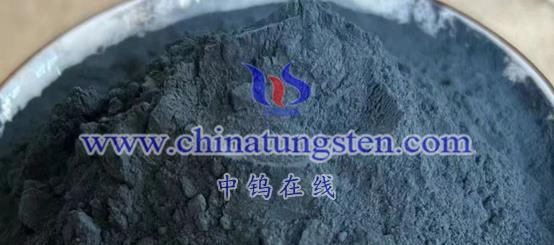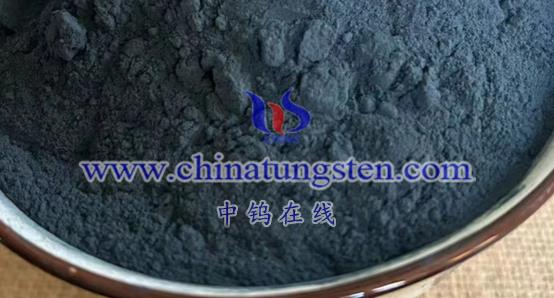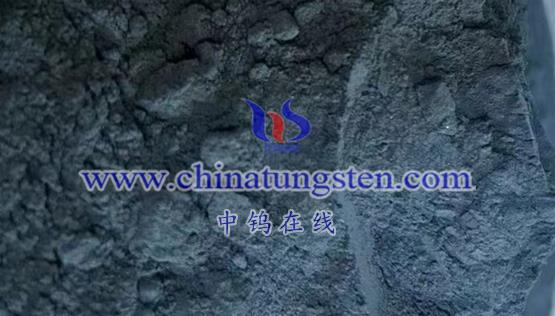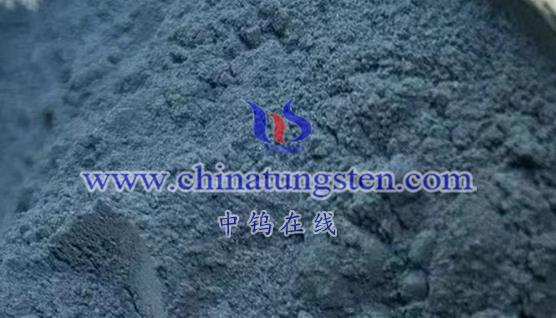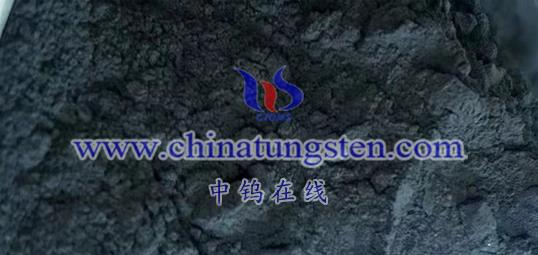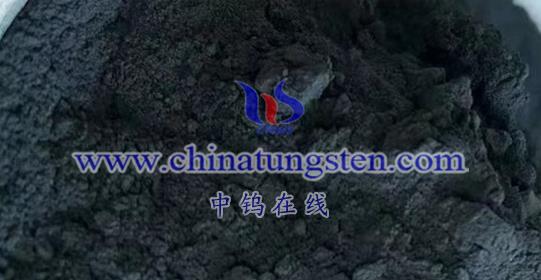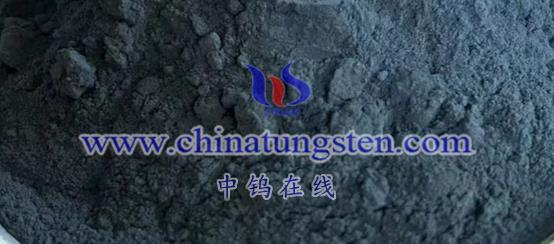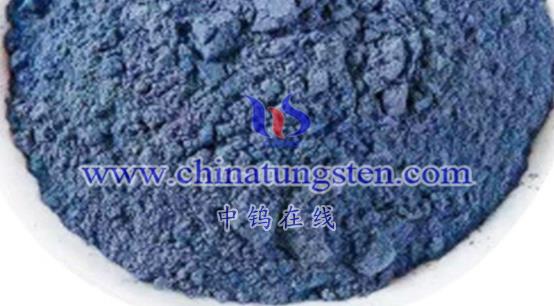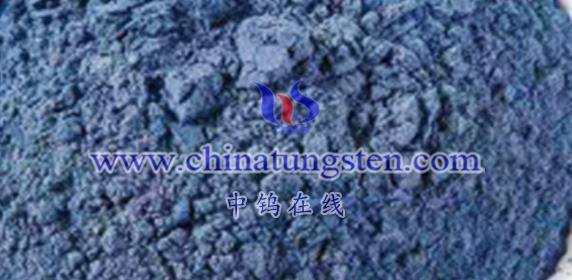
The chemical properties of tungsten bronze are primarily reflected in the following aspects:
- Chemical Stability
Tungsten bronze is highly chemically inert. It is insoluble in water and in all acids except hydrofluoric acid but is soluble in alkaline reagents. This high stability makes it suitable for applications requiring high chemical durability.
- Chemical Reactivity
While tungsten bronze is inert in most acids, it can participate in specific reactions under certain conditions. For example, in the presence of a base, tungsten bronze can be oxidized to form tungsten(VI) salts. It can also reduce silver ions from an ammoniacal silver nitrate solution to metallic silver, demonstrating a degree of reductive ability.
- Valence States and Structure
The tungsten (W) atoms in tungsten bronze exist in mixed valence states, including W5+W^{5+}W5+, W4+W^{4+}W4+, and W6+W^{6+}W6+. This distribution of valence states is closely related to the formation mechanism of tungsten bronze, in which alkali metal atoms insert into the WO3WO_3WO3 lattice to create a solid solution. When all vacancies are filled, the resulting compound MWO3MWO_3MWO3 primarily has W5+W^{5+}W5+ atoms. Typically, however, the filling rate in WO3WO_3WO3 channels is limited, resulting in a mix of W4+W^{4+}W4+, W5+W^{5+}W5+, and W6+W^{6+}W6+ states.
- Relationship Between Composition and Color
The color of tungsten bronze varies significantly with its composition. For example, when MMM is sodium (Na), the color of NaxWO3Na_xWO_3NaxWO3 changes from golden yellow to light blue-gray as the xxx value decreases. This color variation results from changes in light absorption and scattering caused by different ions entering the WO3WO_3WO3 lattice.
- Catalytic Properties
Tungsten bronze has certain catalytic properties, acting as a catalyst in carbon monoxide oxidation reactions and as a degassing agent in fuel cells. These catalytic properties give it potential applications in the chemical and energy industries.
- Preparation Methods
There are various methods to prepare tungsten bronze, including hydrogen reduction, electrolytic reduction, vapor deposition, and solid-state or molten-state reactions. The choice of method depends on the desired composition and properties of the tungsten bronze.
In summary, tungsten bronze exhibits high chemical inertness, specific reactivity, unique valence states and structure, a close relationship between color and composition, and notable catalytic properties. These characteristics make tungsten bronze valuable for a wide range of applications across multiple fields.
More details of tungsten oxide product, please visit website: tungsten-oxide.com
Please contact CHINATUNGSTEN for inquiry and order of tungsten oxide:
Email: sales@chinatungsten.com
Tel.: 86 592 5129595
